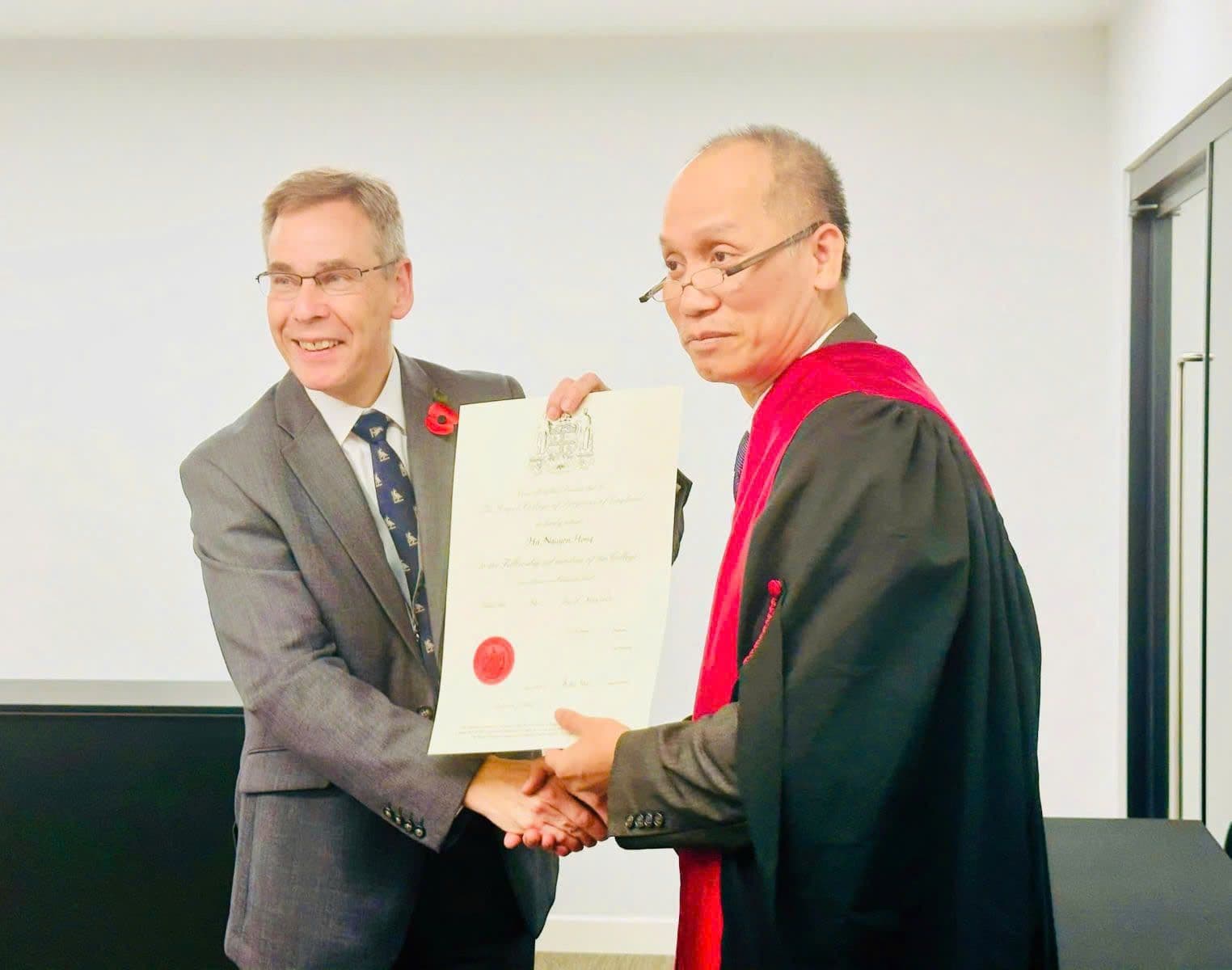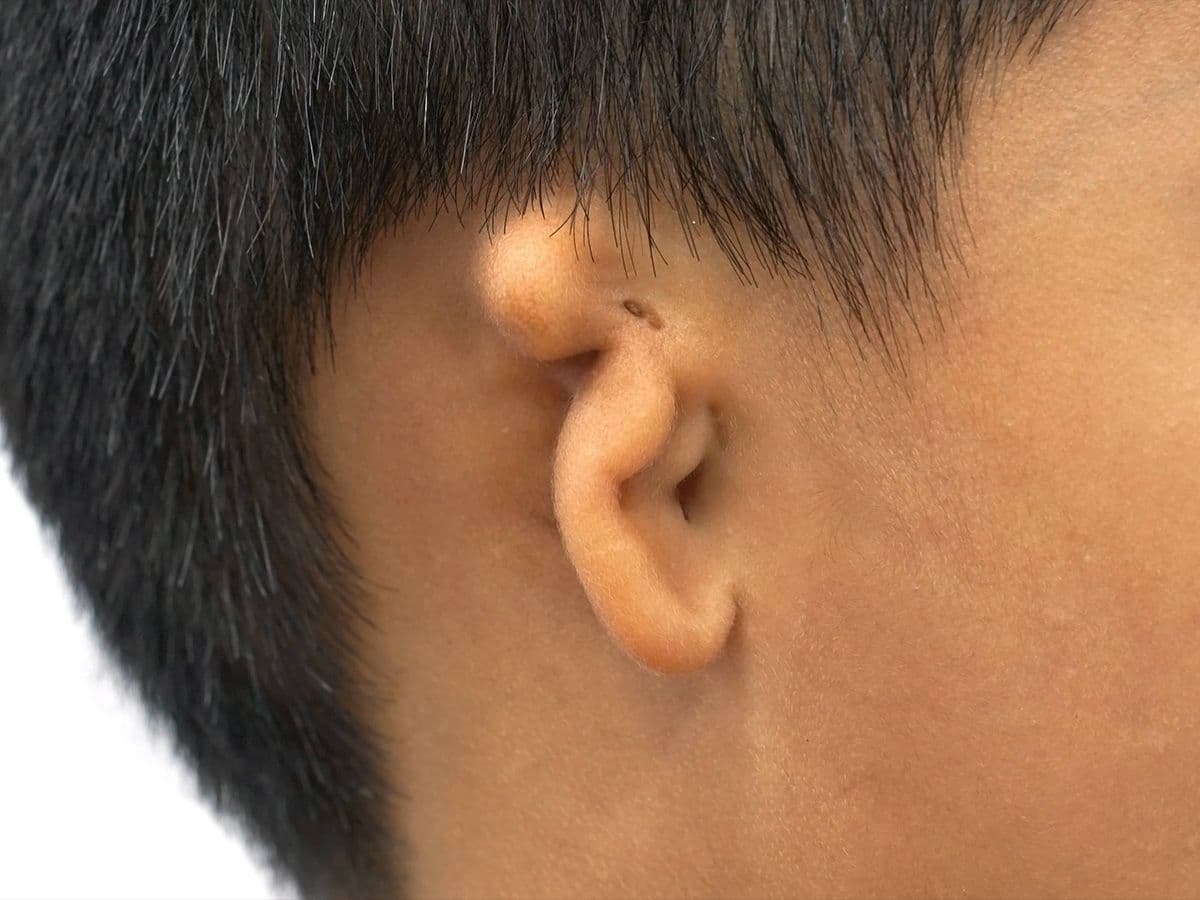
Cranioplasty
Microtia is not a disease. Microtia is a congenital deformity resulting in an abnormally small, malformed or absent external ear (see Picture). This can range from minor structural issues to the complete absence of the external ear, known as anotia. The condition usually affects one ear but can occur in both ears. The incidence ratio of the microtia is various depending on the ethnic group. This ratio is about 1/6000 -1/8000 babies born. The incidence ratio of this disease is higher in the Asian communities. Commonly, the microtia is 2 times more in men than in women and 2 times more in the right than in the left. The both sides’ microtia ratio is 10-20% of the number cases.
Symptoms and Causes:
- Symptoms: Abnormally formed outer ear, smaller than normal ear size, and potential hearing loss if the ear canal is affected.
- Causes: The exact cause is often unknown, but it can be associated with genetic factors or certain medications taken during pregnancy.
Grading of microtia
Microtia exist in many different phenotypes, and the terminology for them is not yet standardized. The images below show the phenotypes of ear malformations that are currently commonly used for classification. Some clinical doctors refer to all these phenotypes as "microtia" (small ear), while others distinguish "microtia" (underdeveloped or malformed ear) from "anotia" (absence of ear).
Classification varies from small ear to absence of ear (earless).
(a) Mars: Grade 1 or Nagata: Atypical microtia.
(b) Mars: Grade 2 or Nagata: Cupped ear malformation.
(c) Mars: Grade 3 or Nagata: Small cupped ear malformation.
(d) Mars: Grade 3 or Nagata: Lobule ear malformation.
(e) Mars: Grade 3, Rogers: Grade 4 or Nagata: Anotia (absence of ear).
Treatment Options:
Ear Prosthetics: Made of silicone, these can be attached with adhesive or magnets.
Surgery: Reconstructive surgery can create a new ear using cartilage from the rib or synthetic materials.




